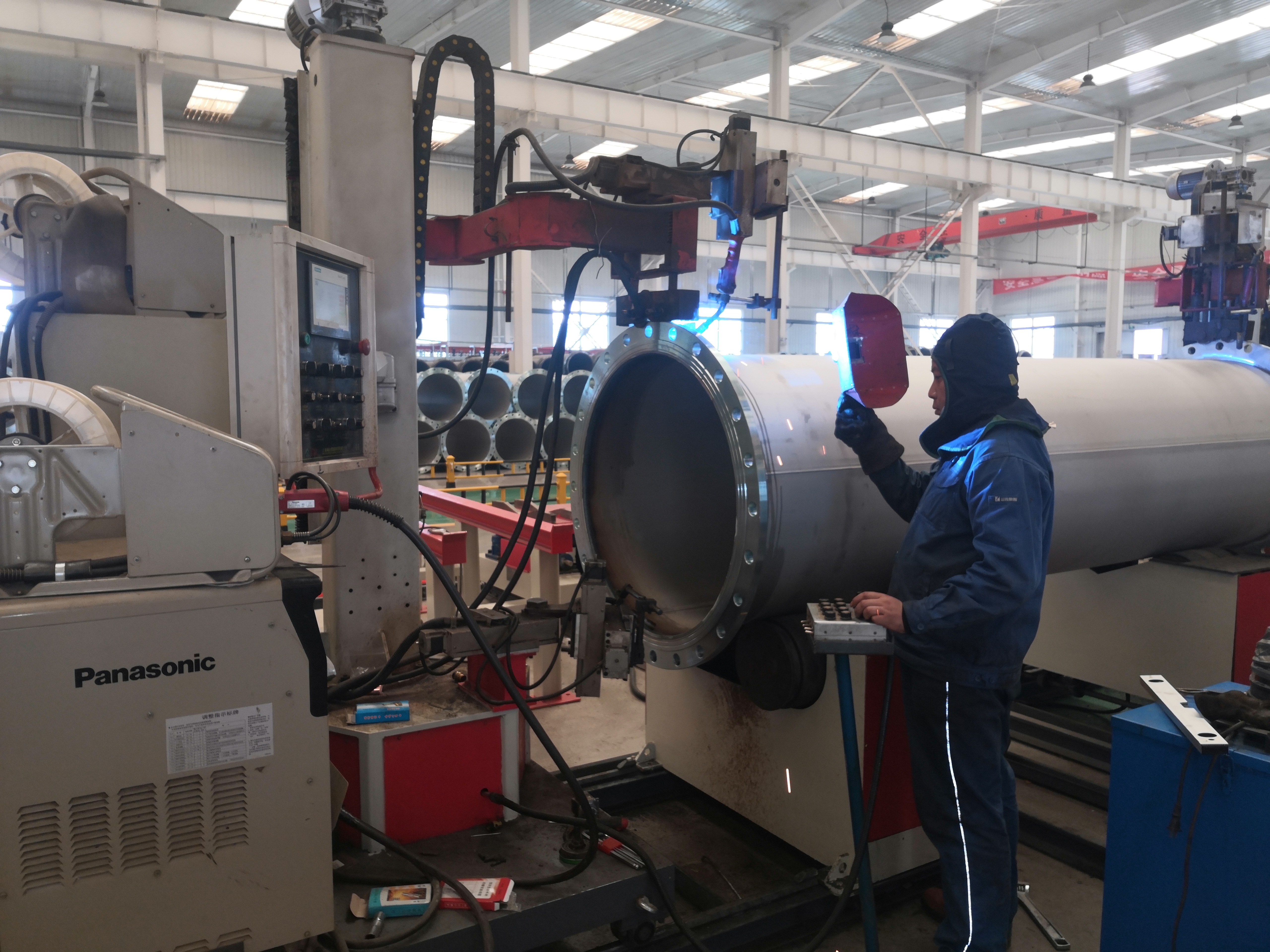Pre-heating, post-heat and post-heat treatment should not be overlooked in the welding process!
Purpose of preheating
1. Reduce the cooling speed after welding.
2. Reduce hardening tendency and prevent crack generation.
3. Reducing temperature difference in heat affected zone is beneficial to reduce welding stress.

Preheat application range
When welding the steel with larger tendency of hardening, preheating is needed. The welding of chrome-nickel austenitic stainless steel should not be preheated.
The selection of preheating should be based on the composition of steel, thickness, structural rigidity, joint form, welding material, welding method and environmental factors, and through the weldability test to determine.
Heating range: generally within the range of 75 ~ 100㎜ on both sides of the groove should maintain a soaking area. The temperature measurement point should be taken at the edge of the hot area. For butt joint, the heating width on each side shall not be less than 5 times the plate thickness.
(After welding, the welding parts are kept warm and cooled slowly, which can slow down the cooling speed of weld and heat affected zone, and play the same role as preheating)
1. H elimination treatment: heat the weldment to 250 ~ 350 immediately after welding. C range, 2 ~ 6 hours of heat preservation, air cooling after.
2. Objective: To accelerate the escape of H in the weld metal, greatly reduce the amount of H in the weld and the heat affected zone, and prevent the generation of cold cracks.
3. Application: if the welding parts can not be immediately heat treatment and the welding parts must be timely in addition to H, it is necessary to eliminate H treatment.
PWHT(postweld heat treatment)
Meaning: the whole or part of the welding part heat preservation, and then furnace cold or air cold a treatment method
1. Reduce welding residual stress;
2. Soften the hardened part;
3. Improve the microstructure and performance of weld and heat effect;
4. Improve the plasticity and toughness of the joint;

 2022-02-18
2022-02-18 









